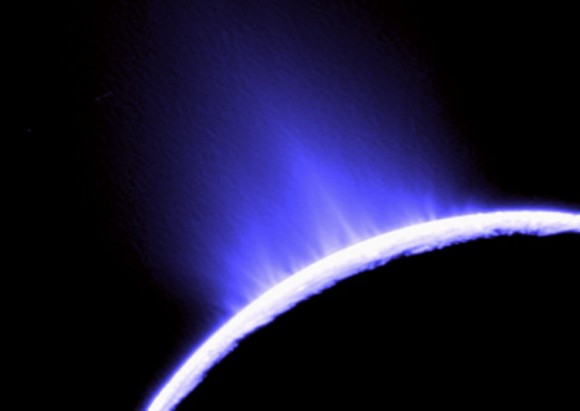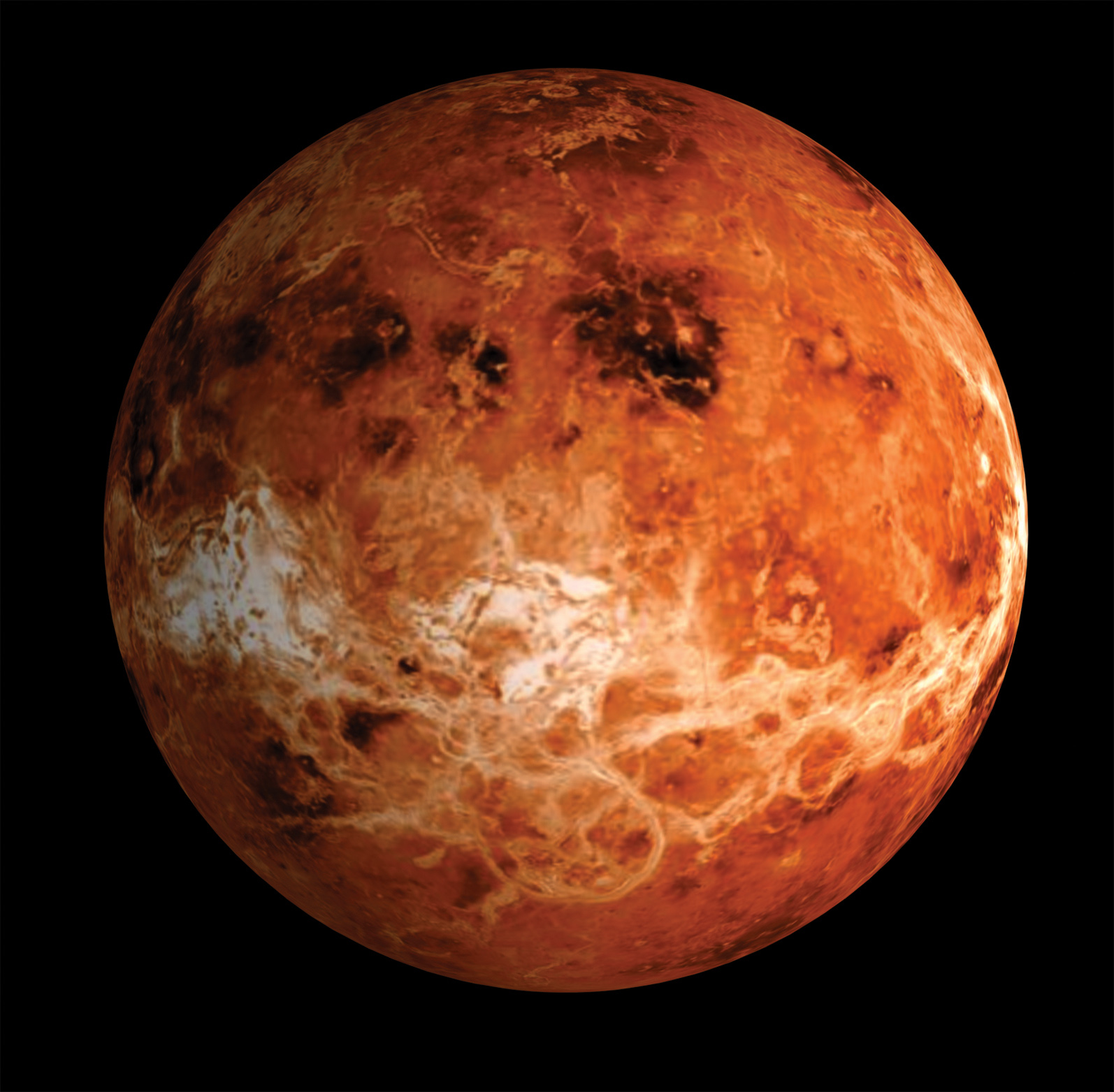Thirteen years on Mars
Thirteen years ago two robots named Spirit and Opportunity landed on the planet Mars. Today one of 'em's still going - and the other survived for years. Not bad for machines hat only had 90 day warranties, but what's even more remarkable is this: Since that day back in 2002 humankind has had a nonstop presence at the red planet. A third rover, the car sized, laser toting, Curiosity rover joined the surviving Opportunity rover on the surface. Curiosity has found unequivocal evidence of ancient, habitable environments. In the space above Mars there's a fleet of five orbiters scanning the planet - with more orbiters, aircraft, chipsats, even swarms of mini robots either en route,under construction, or on the drawing board.  |
| Above: After 13 years exploring Mars the Opportunity rover is forging it's way through Dingo pass (shown) to look for even more clues to Mars' 4.5 billion year history. Courtesy of NASA. |
Are we all just obsessed with the colour red? Did we all just read War of the Worlds to much as kids? Maybe, but to my veteran-space-geek eye the reasons for the space exploration communities (some would say excessive) focus on Mars is actually a combination of a number of factors:
Aliens!
 |
| Above: Not those space aliens. I don't think we're looking for those space aliens, anyway. We could've just asked Buzz Light year about them, and saved some time.... Courtesy of Pixar |
Aliens we can actually find:
But, hang on, Mars' heyday was over four billion years ago. And even then it might not have been as promising or interesting an environment as some we know are actually present today!
There's Europa, a moon of Jupiter with a worldwide ocean that's warmed by volcanic heat.
 |
| Above: Jupiter's moon Europa. those cracks in the surface ice are the first clue that something special is going here.. courtesy of NASA. |
 |
| Above: Ganymede. Beneath that battered surface lurks a well hidden ocean. Courtesy of NASA. |
 |
| Above: The geysers of Enceladus, which conveniently shoot water from Enceladus' sea into space where we can study it. Courtesy of NASA. |
Well, all thing being equal, it doesn't - but then all things are not equal: Europa and Ganymede are five years travel from Earth, and they hide their oceans beneath kilometre thick shells of ice. Enceladus is located in the Saturn system, which is seven years away, and has a thick shell of ice (albeit a leaky one, but leaks aren't the same as actually being able to get to the water).
Mars however has any evidence of life preserved in rocks that are conveniently near, or on, the surface for our robots to study, and is only months travel away. What's more, at this point. we know how to work on Mars fairly well, whereas we're still finding our way with those other worlds. The reasoning is that of being able to actually get the job done, in an environment we already understand well.
Is that good enough reasoning? Shouldn't we be pushing the boundaries and going for the big prizes a bit more aggressively? Ideally I believe we should, but in a risk adverse era where budgets can be made or broken on the back of good publicity... well it's easy to see how those folk with the actual job of running space programs think differently. We're on our way to exploring these worlds, but we won't be able to do it as fats and as effectively as we can Mars for a while yet.
....Life isn't the only game in space exploration:
Let me be clear: It's one of my biggest hopes in life to live to see alien life - even of the very humblest single-celled kind - discovered. But the following is still not remembered often enough by space exploration advocates: We go into space to do other kinds of exploration than just searching for evidence of alien life: Titan has one of the most bizarre yet fascinating environments we've ever discovered - a frozen reflection of primeval Earth. Jupiter's internal structure hold key clues to the early days of our solar system. Venus' geology, chemistry, and meteorology are worth a dozen probes. Doesn't that deserve a similar investment in time and money?
 |
| Above: Venus naked of its clouds...not sexy enough? Awww..Courtesy of ESA |
| Aboive: A 3D image of a mysterious mound on the Martian surface (you'll need red/green £D glasses to see it properly). Courtesy of charbob on unmannedspaceflight.com |
Or do some leaders believe we just need that dream....?
Well, at least it's keeping Matt Damon off the streets...
Elsewhere on the internet:
ESA gets a new director general
Massive ring of galaxies found
Gigantic black holes launch stars at extreme speeds
Reaction Engines begin testing new engine design:
Quantum communication satellite ready for lift off
Mini glider planned for Mars


No comments:
Post a Comment